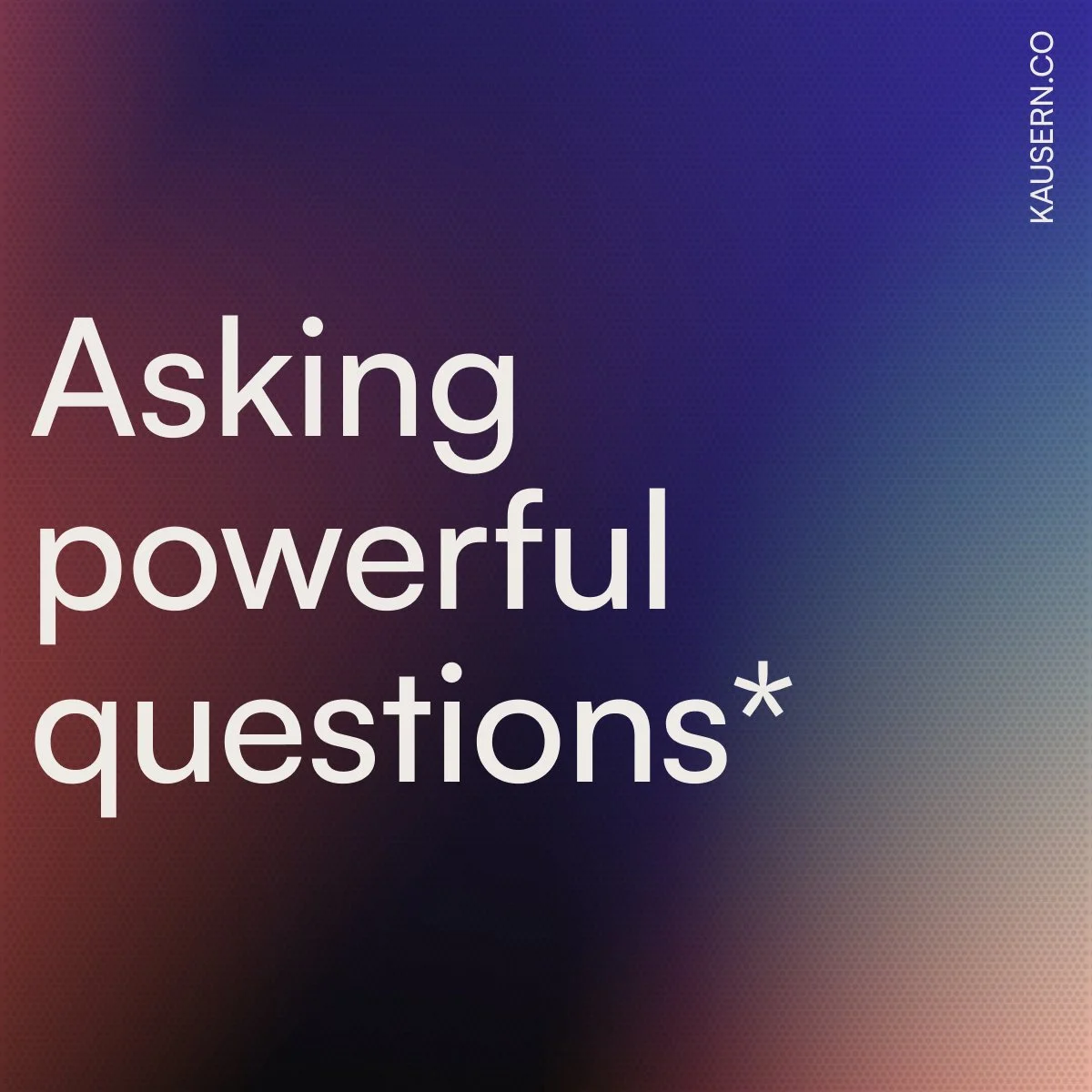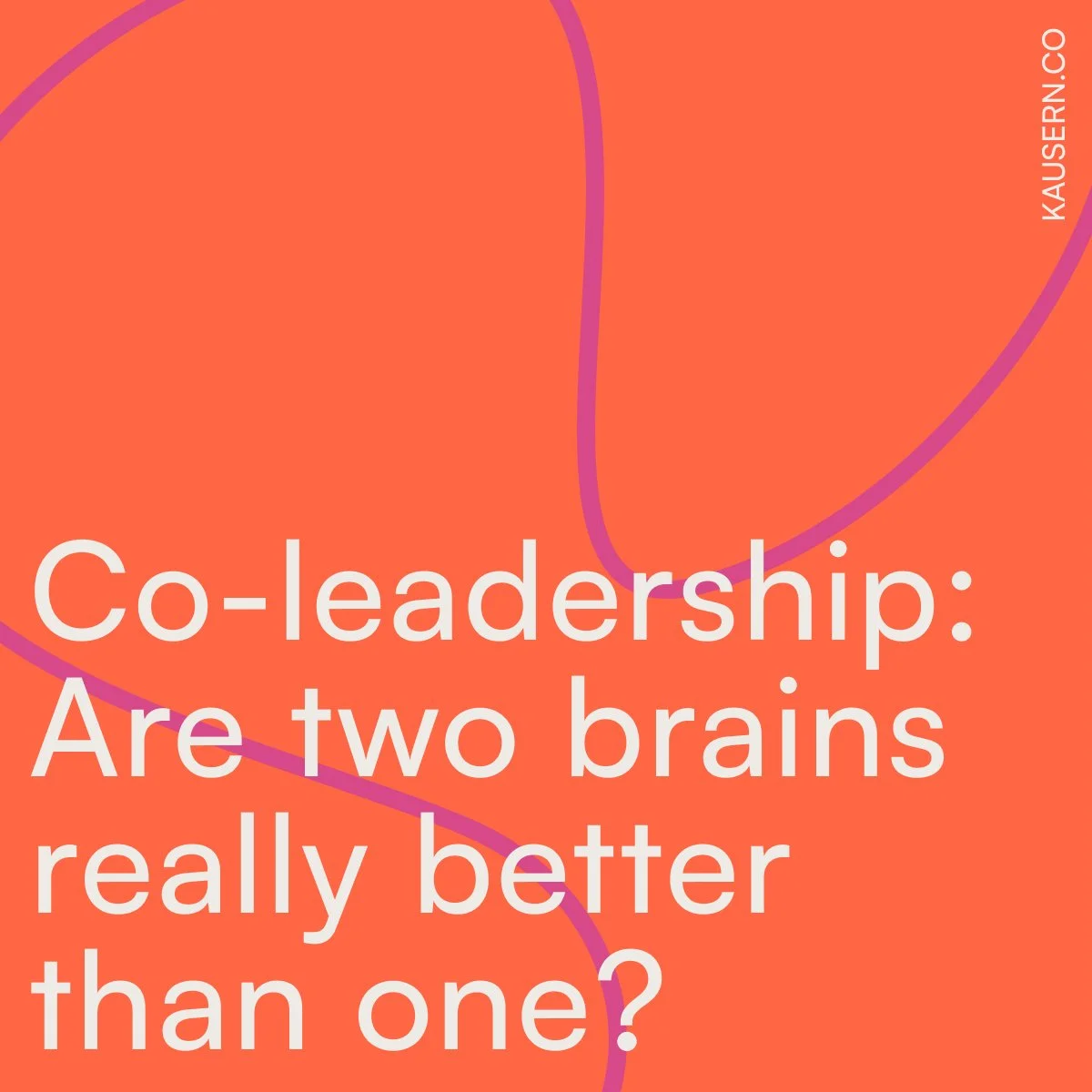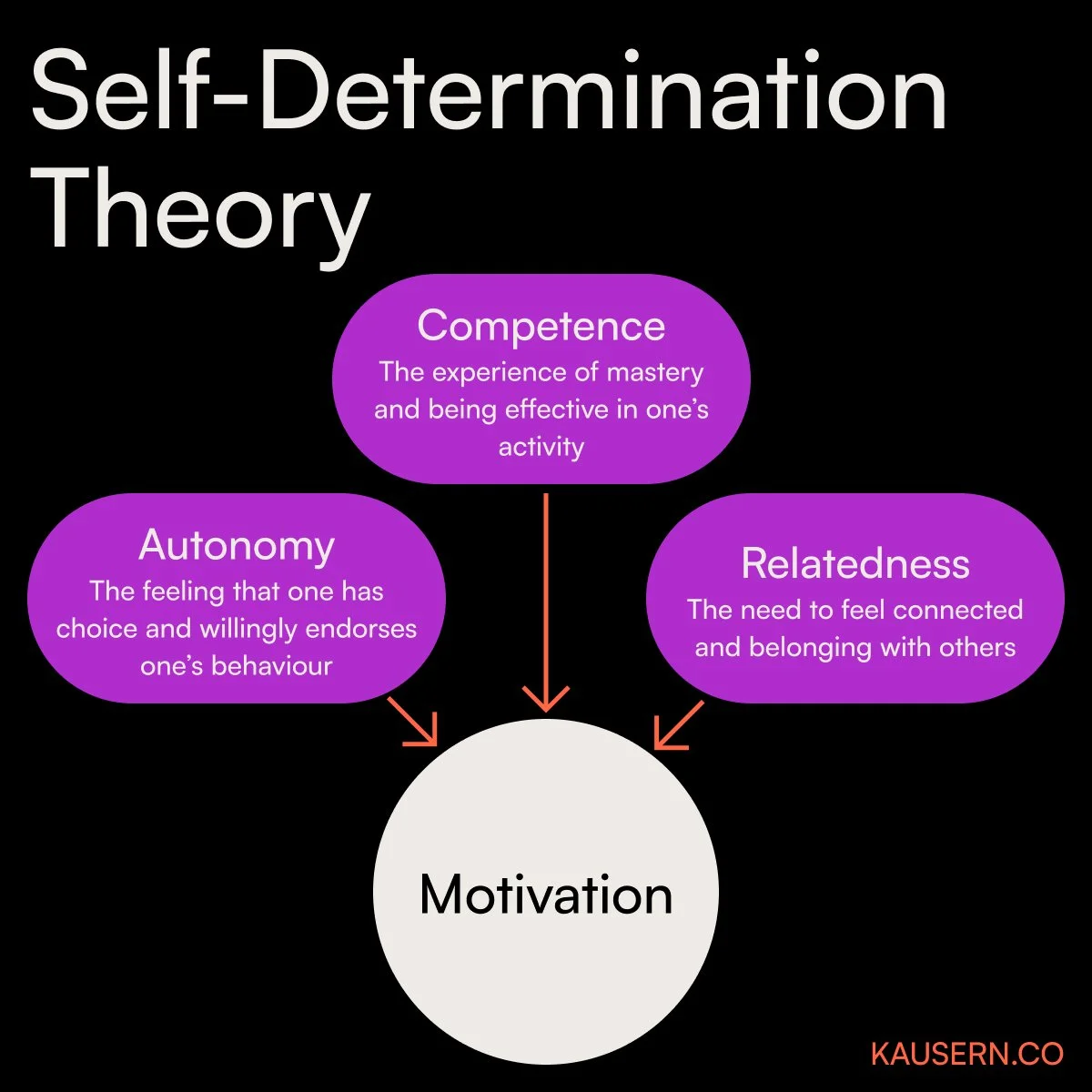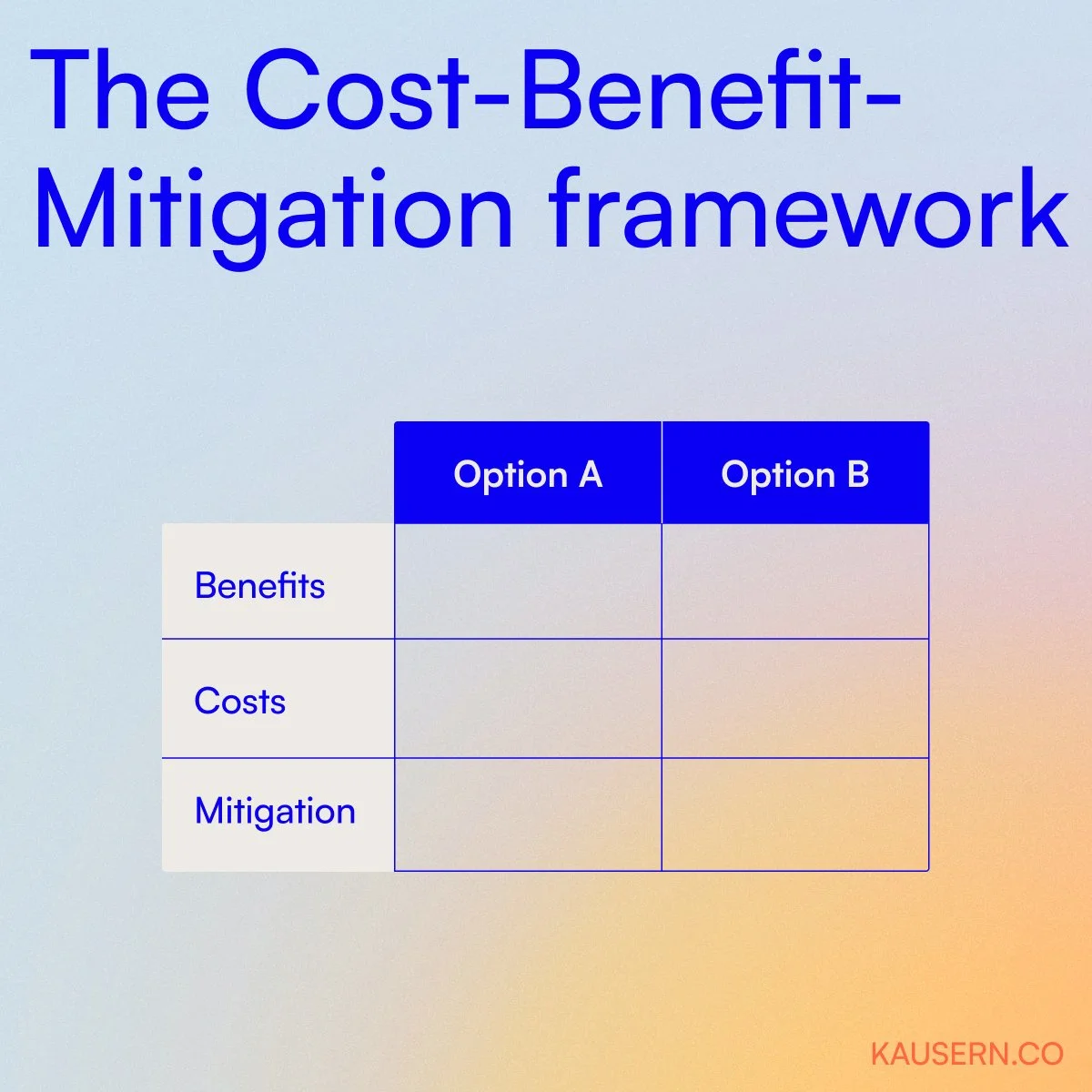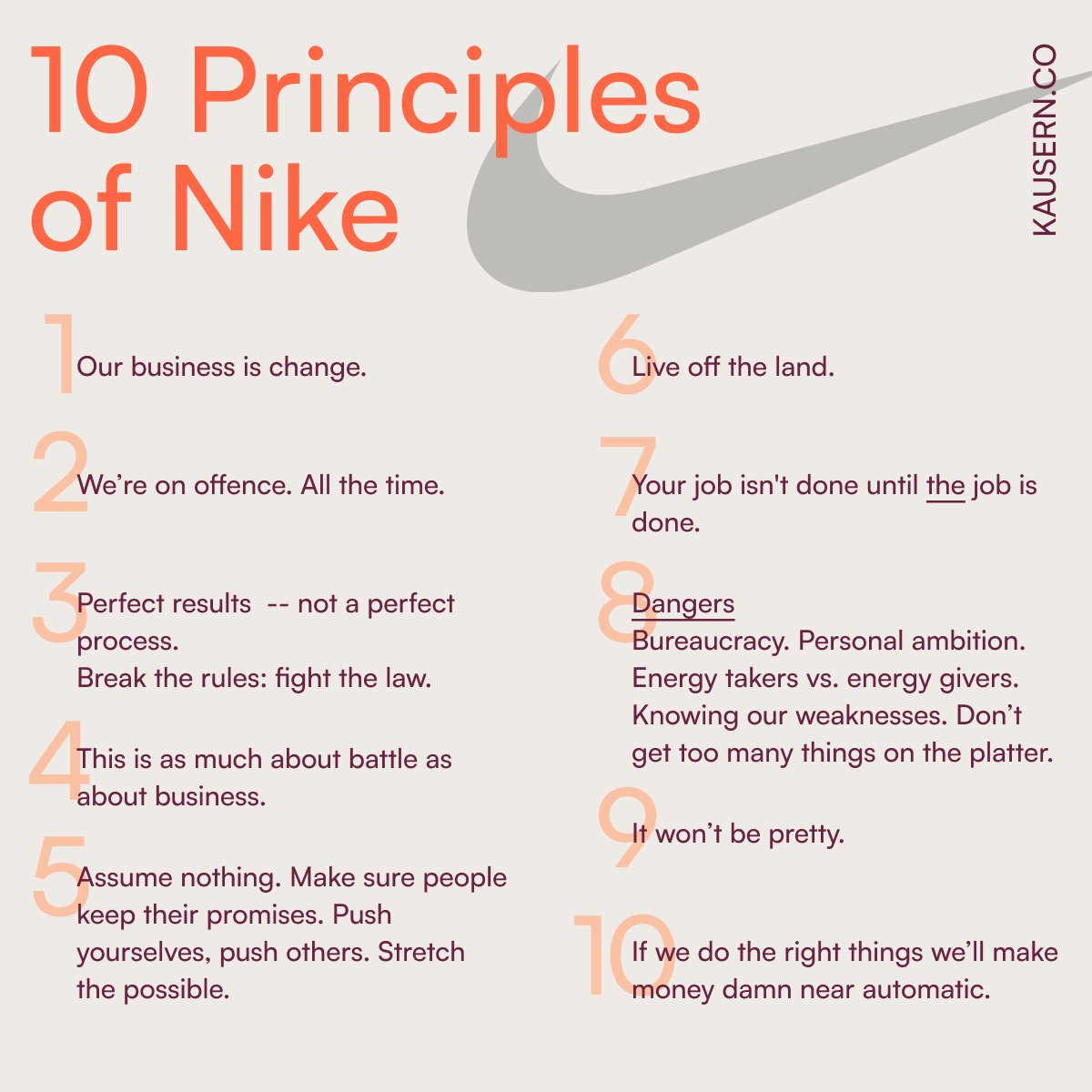Filter by —
The RED model for critical thinking
The RED Model for Critical Thinking is a great framework to guide Gen Z (and other) team members to making high impact and effective decisions.
The power of small actions
As professionals and leaders, acknowledging that our actions can create ripple effects leads to us becoming more intentional and mindful in our decision-making process.
Developing and nurturing high potential leaders
By putting in place this three-step process to spot potential leaders, organisations can continuously cultivate a strong leadership pipeline.
Identifying potential leaders in your organisation
How do we really identify individuals with a potential to lead? Here are some practical strategies.
Defining the effective traits of a leader
Identifying individuals with leadership potential within an organisation is a crucial task for its long-term sustainability.
Having a coaching presence makes a difference
Presence doesn’t just mean being there physically, it also means being fully conscious of the person we are engaging with, creating a safe and supportive environment for exploration, growth and learning.
Asking powerful questions
In my previous post, I talked about what it really means to be a good listener: that is, to listen with intent and for meaning. This week, we’ll cover “How to Ask Powerful Questions”, and how to apply it effectively as a coach-leader.
Listening effectively
When it comes to being an effective coach-leader, an often overlooked but incredibly powerful skill is listening.
The CLEAR Coaching Model
Organisations and individuals are investing in coaching simply because it works. Coaching helps individuals clearly see themselves and the possibilities ahead of them.
The Iceberg Model
The Iceberg Model suggests that the behaviours and actions we usually see in people are just the “tip of the iceberg”, so to speak.
Co-leadership: Are two brains really better than one?
The concept of co-leadership sounds good on paper but is not easy to execute.
The Guilt Trip: How to set healthy boundaries with your boss
Having good personal boundaries makes good professional relationships but it can be a struggle, especially with an emotionally manipulative boss.
Self-Determination Theory
When motivation fails, all that’s left for us to do is get employees to do things. Is there a difference? Well, yes.
The Cost-Benefit-Mitigation framework
The Cost-Benefit-Mitigation framework enables teams to keep moving fast by making calculated decisions when faced with decision-making gridlocks involving two (or more) options.
The 10 principles of Nike
Lessons from a 45-year old internal memo that paved the way for Nike to become a $135B company.
The Risk-Reward framework
When we analyse our challenges through the lens of Risk and Reward, it will help us make informed decisions as we evaluate the potential upside or downside of our choices.
Avoid burnout: sharpen your axe
How can we avoid burnout especially these days when our work seems to demand more from us?
Eliminate, simplify, automate & delegate: The four simple steps for higher productivity
In his book ‘The 4-Hour Workweek’, Tim Ferris dropped some profound productivity wisdom: “Never automate something that can be eliminated, and never delegate something that can be automated or streamlined. Otherwise, you waste someone else’s time instead of your own, which now wastes your hard-earned cash.”
Performance-culture matrix
The Performance-Culture matrix is a simple but powerful diagnostic tool to determine the suitability of a team member in the company. It allows the leadership team to quickly identify which of their team members need care and attention, up-skilling, alignment, or in some instances, to be managed out.
When to teach, mentor, or coach
One of the challenges a young manager faces is how best to support a team member’s development to improve their performance. When do we teach, mentor, or coach? These ‘helping’ methods all feel similar, but they have very different and specific uses. Here is a quick guide.







